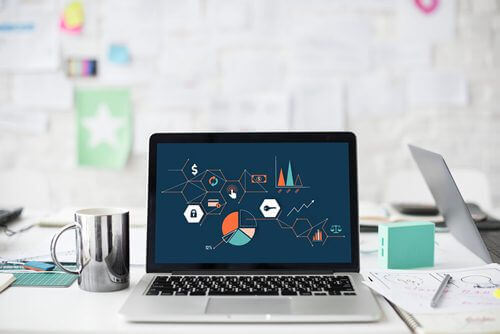10 Must-Have Elements of a Perfectly Optimised Page

One of the most important parts of an SEO strategy for your Christchurch business is known as on-page SEO. A crucial component of on-page SEO involves ensuring the pages on your website are optimised. This is a pre-requisite for an effective SEO campaign.
What does a perfectly optimised page look like, though? Here are 12 of the most important elements.
1. Optimised URL
The URL of your page is as much a part of the page as the content or design. It also plays an important role in SEO. Therefore, it should be optimised according to the following pointers:
- URLs should be descriptive rather than strings of numbers and/or letters
- Your URLs should be as short as possible
- The main keyword for the page should be included in the URL
- If you are a local business, it is also helpful to include your target location
2. Optimised Page Title
Page titles and URLs are often connected, but not always. In other words, if the page title of a page on your website was Our Capabilities and Services, the URL of that page could be: YourWebsite.com/our-capabilities-and-services.
Whether your page titles and URLs are connected or not, similar advice applies to both. The exception is that page titles can be longer. In fact, they often benefit from being longer.
This is because Google displays your page titles on search results pages. It has a maximum length for page titles, though, which is about 60 characters. Keeping your page titles below this is the best approach.
3. Optimised H1 Tag
Your page should have one – and only one – H1 tag. This is a header tag, so it should be highly descriptive, and it should include the main keyword of the page.
4. Additional Header Tags
Header tags have a hierarchical structure, i.e. H1, H2, H3, etc. You should use additional header tags throughout the page to break up the content and provide the reader with sub-headings.
Following the hierarchical structure will help Google better understand the page. It is also beneficial to include variations of the main keyword, or alternatives to the main keyword, in the other header tags.
5. Keyword in the First Paragraph
The main keyword should be included in the first paragraph of text that appears on the page. If possible, include it in the first sentence. This applies to all keywords, including long tail keywords.
6. Keywords Elsewhere in the Text
You should also use the main keyword elsewhere in the text, but only where it makes sense to do so. If a sentence doesn’t read properly with the keyword inserted, or it looks out of place for any other reason, you should change or remove it.
Be careful not to overuse the main keyword, either. This is known as keyword stuffing and can have a significant negative impact on your Google rankings.
One thing that can be helpful, however, is to use variations of the main keyword and alternatives. This will happen naturally if you write engaging content that is useful to readers, although it is helpful to understand the principle.
7. Sufficient Content
Many business owners think website visitors don’t want to read lots of content on website pages, so they keep content to a minimum. The downside to this is that it can impact your Google rankings as Google needs content to properly understand and rank your pages.
Therefore, make sure your pages have sufficient content. Even for smaller product and services pages, around 200 words should be the minimum.
8. Well-Written Content
Google is getting much better at distinguishing between poorly written, SEO-focused content and content that has been written to be genuinely helpful to readers. So, the text on your website needs to be as well-written as possible. Here are some tips:
- Use every day, informal language, being careful with jargon and other phrases readers might not understand
- Doublecheck your spelling and grammar
- Use short sentences and paragraphs
- Use lists as they can help break up text
9. Internal Links
Internal links are an important part of on-page SEO, so the pages on your website should feature links to other pages. This provides Google with additional context and helps it identify the most important content on your site.
10. External Links
This is one that some people struggle with. After all, why would you include links that send your visitors to another website?
Again, however, this is all about helping Google get the fullest possible understanding of the content on your page and how it can help users. The fact that you provide external links, particularly if those links are to reputable sources, helps with this.
11. Image Alt Tags
An image alt tag is a short, written description of the image. This provides Google with further information about the page.
12. Unique Meta Description
Writing unique, descriptive, and engaging meta descriptions is essential too. Meta descriptions are important for a range of reasons, not least because Google usually displays them on search results pages. In other words, users will read the meta description when deciding whether or not to visit your website.
Adding keywords to meta descriptions and making them as compelling as possible will help.
Maximising the Effectiveness of Your SEO Campaign in Christchurch
SEO strategies have a lot of moving parts, but you need a good foundation in place first for your campaign to be successful. The above page optimisation elements are a good place to start.


Comments are closed.